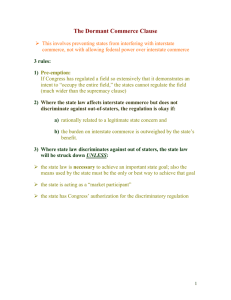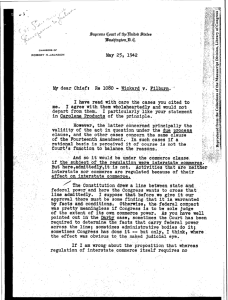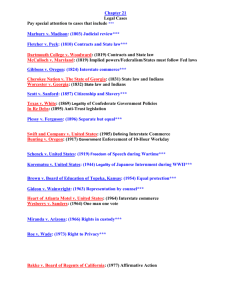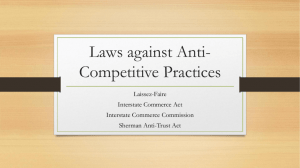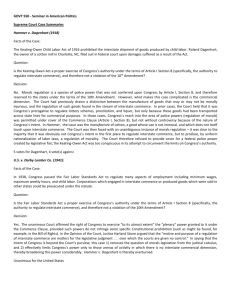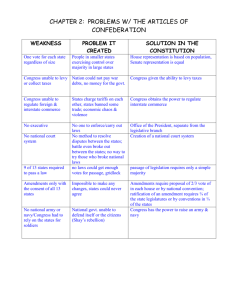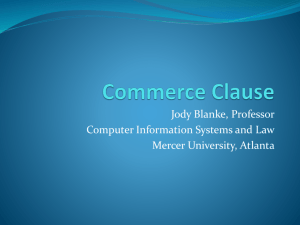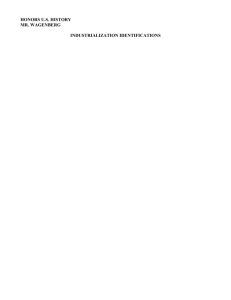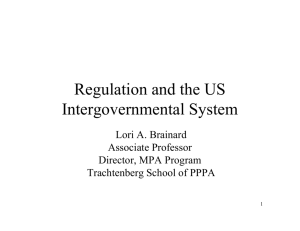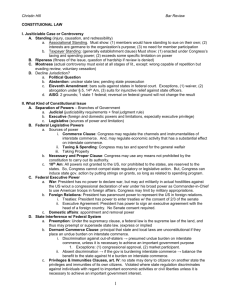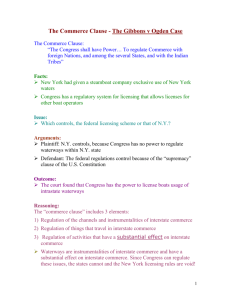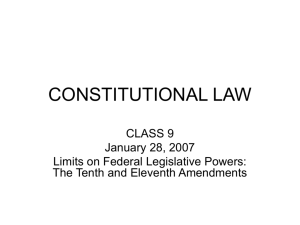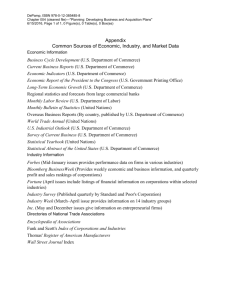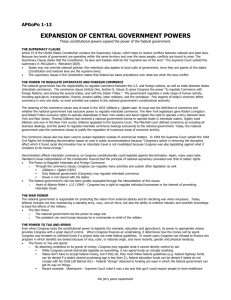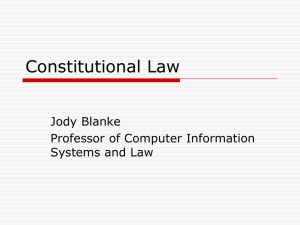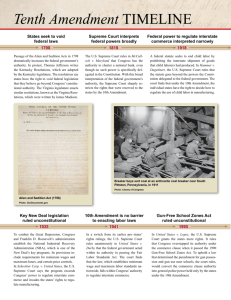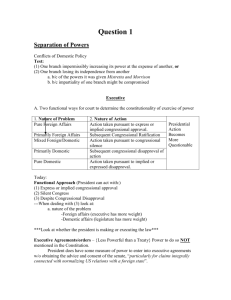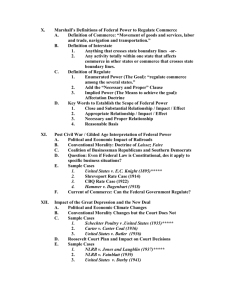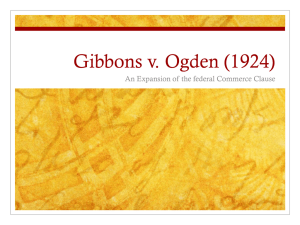Thomas More Law Center v. Obama
advertisement
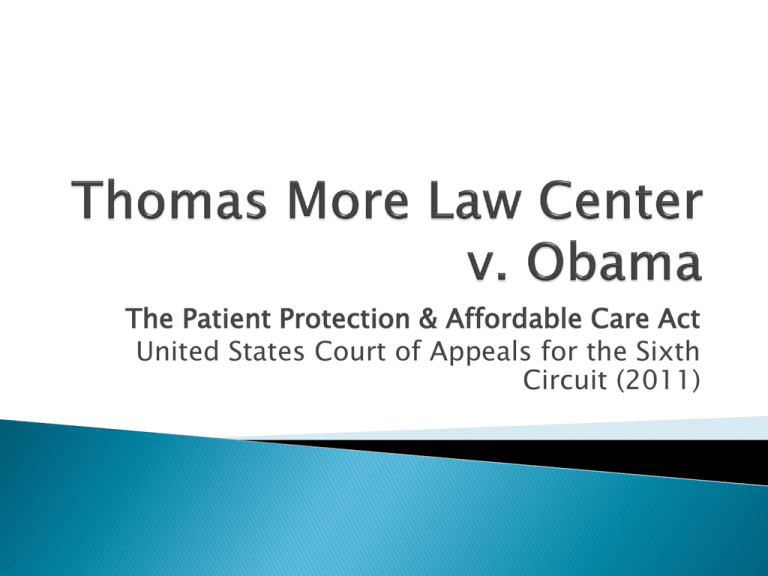
The Patient Protection & Affordable Care Act United States Court of Appeals for the Sixth Circuit (2011) Regulations on the Health Insurance Industry ◦ Coverage cannot be denied based on pre-existing conditions. ◦ Limitations on rate increases based on risk factors ◦ Students can maintain coverage on a parent’s policy until age 26. ◦ Creates online state health insurance marketplaces for individuals to easily compare and purchase policies. The Act mandates individuals purchase a minimum amount of healthcare coverage, or incur a penalty. Plaintiffs argue the minimum coverage mandate harms them financially. The plaintiffs argue the penalty for not purchasing the minimum coverage is an unconstitutional tax. Does Congress have the power to pass a law mandating individuals purchase insurance? ◦ Yes – Under the powers granted to Congress under the Commerce Clause of the Constitution. Does Congress have power to regulate inactivity using this power? ◦ Yes – Congress has a “rational basis” to believe purchasing insurance, or lack thereof, effects interstate commerce. Congressional studies show an individual’s decision to buy health insurance affect commerce as a whole. The decision to self-insure affects commerce as well. Self-insured as a class are unable to pay for the services they receive. Wickard v. Filburn (1945) ◦ The Supreme Court upheld Congress’s power to regulate non-economic activity or inactivity when the action has a substantial effect on interstate commerce. Gonzales v. Raich (2005) United States v. Lopez (1995) ◦ “Those activities having a substantial relation to interstate commerce, . . . i.e., those activities that substantially affect interstate commerce.” The U.S. spends largest percent of GDP on health care in comparison to other major countries. The U.S. spends the most money per capita on health care compared to other OECD countries. In 2000; the U.S. ranked 37th for quality of care according to the World Health Organization. Dollars in Billions: 5.2% 7.2% 9.2% 12.5% 13.8% 14.5% 15.4% 15.9% 16.0% 16.0% 16.1% 16.2% 16.6% 17.6% Source: Centers for Medicare and Medicaid Services, Office of the Actuary, National Health Statistics Group, at http://www.cms.hhs.gov/NationalHealthExpendData/ (see Historical; NHE summary including share of GDP, CY 1960-2009; file nhegdp09.zip). Total Health Expenditure as a Share of GDP, U.S. and Selected Countries, 2008 18% 16% As Percentage of GDP 14% 12% 10% 8% 16.0% 6% 4% 8.1% 8.5% 8.5% 8.7% 9.0% 9.1% 9.4% 9.9% 10.4% 10.5% 10.5% 10.7% 11.1% 11.2% 2% 0% Source: Organisation for Economic Co-operation and Development (2010), "OECD Health Data", OECD Health Statistics (database). doi: 10.1787/data-00350en (Accessed on 14 February 2011). Notes: Data from Australia and Japan are 2007 data. Figures for Belgium, Canada, Netherlands, Norway and Switzerland, are OECD estimates. Numbers are PPP adjusted. Individuals are not aware of the cost upfront. Individuals do not determine their own needs, a physician does. It’s not easy to compare prices. Everyone wants the best care, regardless of cost. Cost-Shifting ◦ Treating uninsured patients shifts costs to insurance companies and households. ◦ Emergency care is more costly than preventative. ◦ In 2008 Congress found providing health care to uninsured cost over $48 billion dollars. ◦ A 2009 study showed 62% of bankruptcies are due to medical expenses. 75% of those are insured individuals. Encouragement to participate in the market ◦ Increase in market participants will lead to a decrease in price. ◦ Attempting to achieve “near-universal” coverage. Opening the market to individuals who could not previously afford insurance. ◦ State online marketplaces match consumers with plans they can afford. ◦ More consumers purchasing in a group will reduce cost. Remains private
